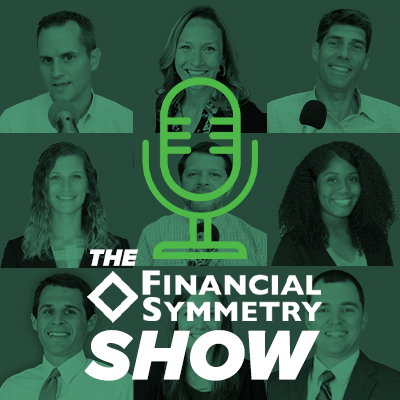You may have seen this phrase on a number of financial reports as The U.S. Securities And Exchange Commission (SEC) requires this to be communicated to fund investors.
It’s difficult to look at past returns whether directly from the fund company or your own portfolio’s past returns and not expect returns to be similar going forward. While past performance should certainly be taken into consideration when choosing funds to invest in there are a number of other items to look for:
- Fund manager history and do they invest in the fund themselves?
- Fund philosophy and strategy
- Performance in specific market cycles
- Do they have the discipline to stick with their strategy in times of underperformance?
It’s easy to go down the fund choices in your 401k and choose the funds with the highest recent performance to invest in. This could however prove to be the opposite of what you should do. Let me explain through the example shown in the table below:
[table id=15 /]
In the table above, imagine that you were back in the mid 2000’s and you see that your Large Cap Value holdings outperformed their Large Cap Growth holdings. So when choosing what to invest in for future account contributions you would choose the Large Cap Value fund, right?
Well, if you had done so you would have underperformed the Growth funds over the next 10 years! Fund performance can often go in cycles depending on if certain fund areas (growth/value or sectors like energy/financials/technology etc.) of focus are out of favor.
It can be difficult to invest more in funds in your portfolio that have underperformed recently, but if the fund’s investment process is sound, then it may actually be the best move to make for your future returns.
Copyright: andreypopov / 123RF Stock Photo





